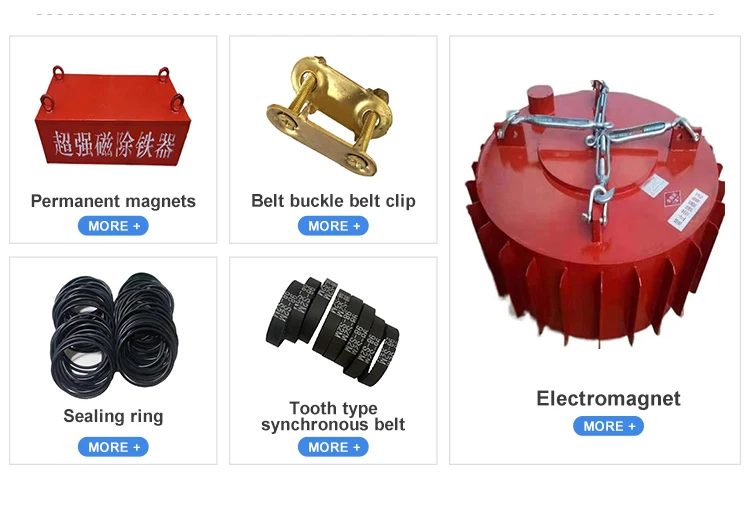Feed Grinder Options for Efficient Livestock Feeding and Nutrient Management
Nov . 28, 2024 04:22 Back to list
Feed Grinder Options for Efficient Livestock Feeding and Nutrient Management
The Importance of Feed Grinders in Modern Agriculture
In the rapidly evolving world of agriculture, efficiency and productivity are key to sustaining the growing demands for food. One critical tool that has gained prominence in the farming sector is the feed grinder. This indispensable piece of equipment plays a vital role in the preparation of animal feed, ensuring that livestock receive the proper nutrition needed for optimal growth and production.
Feed grinders, also known as feed mills or feed choppers, work by reducing the size of various feed ingredients, including grains, hay, and silage. These machines use different methods, such as hammer mills or roller mills, to pulverize feed into small, uniform particles, making it easier for animals to digest. The uniformity of the feed is crucial as it ensures that all livestock receive the same nutritional benefits, ultimately improving their health and productivity.
The Importance of Feed Grinders in Modern Agriculture
Moreover, the use of feed grinders can enhance feed quality. By grinding the feed ingredients, the surface area is increased, allowing for better accessibility of nutrients during digestion. This is particularly important for ruminants, like cattle and sheep, as it aids in fermentation and improves the efficiency of nutrient absorption. A well-balanced diet leads to healthier livestock, which can yield more milk, meat, or eggs, contributing to greater profitability for farmers.
feed grinder

Feed grinders also provide an opportunity for farmers to have complete control over their feed production. By grinding their feed in-house, farmers can ensure the quality and consistency of the ingredients. This autonomy helps in managing feed costs more effectively, especially during times of fluctuating market prices for feed and grains. Farmers can adjust their feed formulations based on availability, nutritional requirements, and market trends, resulting in a more sustainable and profitable farming operation.
Additionally, modern feed grinders come with advanced technologies and features that enhance their functionality. Some machines are equipped with automated systems that monitor and adjust the grinding process, ensuring optimal particle size and consistency. This level of automation not only improves the efficiency of the feed preparation process but also reduces manual labor, allowing farmers to allocate their time and resources more effectively.
The environmental impact of feed grinders should also be considered. By grinding and mixing their feed, farmers can minimize waste and utilize every part of their harvested crops. This practice aligns with sustainable farming principles, promoting environmental responsibility. Furthermore, by creating a customized feed blend, farmers can reduce the reliance on commercial feed products that may contain harmful additives or preservatives.
As the agricultural industry continues to face challenges such as climate change, resource scarcity, and increasing global population, the role of feed grinders becomes even more significant. These machines not only help farmers maximize their yields and profits but also contribute to the sustainability of food production systems. By investing in feed grinder technology, farmers are better equipped to meet the nutritional needs of their livestock while minimizing their environmental footprint.
In conclusion, feed grinders are essential tools in modern agriculture, offering numerous benefits to farmers and livestock alike. From improving feed quality and nutrition to enhancing efficiency and sustainability, these machines play a crucial role in the future of food production. As technology continues to advance, the evolution of feed grinders will undoubtedly continue to shape the landscape of agriculture, ensuring that the demands of a growing population can be met sustainably and responsibly.
-
Hot Sale 24 & 18 Door Rabbit Cages - Premium Breeding Solutions
NewsJul.25,2025
-
Automatic Feeding Line System Pan Feeder Nipple Drinker - Anping County Yize Metal Products Co., Ltd.
NewsJul.21,2025
-
Automatic Feeding Line System Pan Feeder Nipple Drinker - Anping County Yize Metal Products Co., Ltd.
NewsJul.21,2025
-
Automatic Feeding Line System - Anping Yize | Precision & Nipple
NewsJul.21,2025
-
Automatic Feeding Line System - Anping Yize | Precision & Nipple
NewsJul.21,2025
-
Automatic Feeding Line System-Anping County Yize Metal Products Co., Ltd.|Efficient Feed Distribution&Customized Animal Farming Solutions
NewsJul.21,2025






